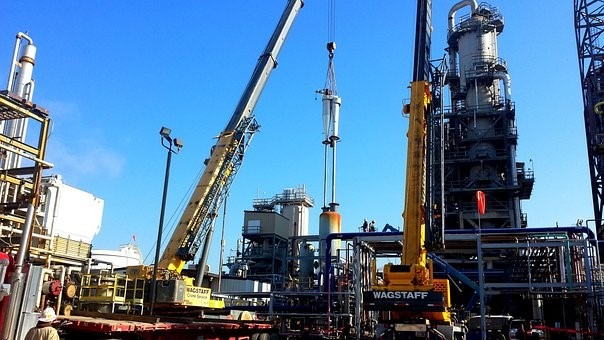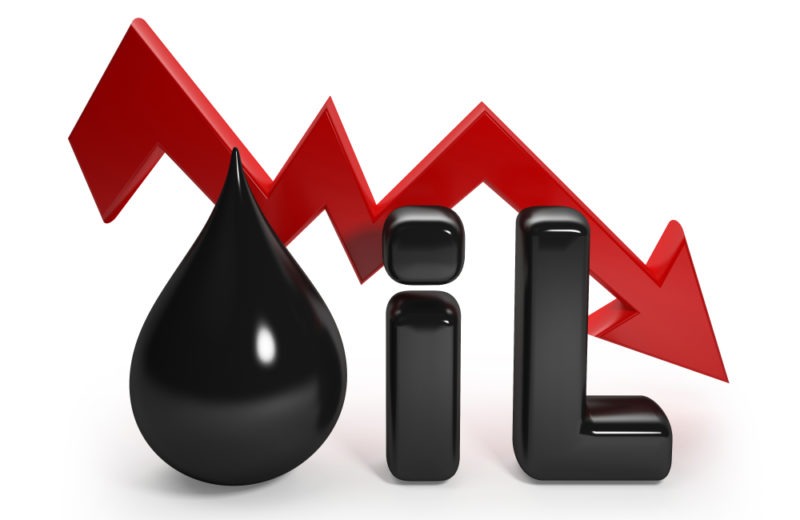Key Points:
- April Brent oil futures climbed to $80.89, and March WTI futures increased to $76.20.
- February and March crude oil futures saw modest gains on the Multi Commodity Exchange (MCX).
- The US Federal Reserve maintained interest rates at 5.25-5.5%, indicating that interest rates are expected to decrease in the coming months.
- Lower interest rates could increase commodity demand, including crude oil, which plays a crucial role in the global economy.
- A surprising decline in US oil inventories stirred market buzz, with the total inventory now standing at 421.9 million barrels, 5% below the five-year average.
Significant movements hint at broader economic trends and investor sentiments in the dynamic world of crude oil futures trading. The recent trading data presents a fascinating picture: April Brent oil futures climbed to $80.89, marking a 0.42% increase. Concurrently, March crude oil futures on the West Texas Intermediate (WTI) increased by 0.46%, reaching $76.20.
MCX Crude Oil Futures Edge Up: Modest Gains in February and March
Delving into the Multi Commodity Exchange (MCX) trading, February crude oil futures saw a modest rise of 0.32%, closing at ₹6,333 from a previous ₹6,313. March futures also witnessed growth, albeit slightly lower at 0.28%, settling at ₹6,348 from ₹6,330.
Fed’s Interest Rate Decision Influences Commodity Markets
These fluctuations gain context against Wednesday’s US Federal Open Market Committee (FOMC) Meeting. In a significant announcement, the committee maintained interest rates at 5.25-5.5%. Fed Chairman Jerome Powell’s statement clarified that interest rates, having peaked, are expected to decrease in the coming months, though a reduction in March seems unlikely.
This scenario surrounding interest rates is pivotal. Lower interest rates are traditionally linked to economic stimulation. As borrowing costs drop, businesses and consumers are more likely to spend and invest, potentially bolstering economic growth. This environment could increase commodity demand, including crude oil, which plays a crucial role in the global economy.
Unexpected Drop in US Oil Inventories Stirs Market Buzz
Further influencing the oil market is the latest US Energy Information Administration (EIA) report. It revealed a surprising decline in US crude oil inventories, with an increase of 1.2 million barrels for the week ending January 26. The total inventory now stands at 421.9 million barrels, 5% below the five-year average for this time of year. This figure contrasts with market expectations, which anticipated a decline of only 0.217 million barrels.
Examining the overall product supply over the last four weeks sheds additional light on the market’s dynamics. The supply averaged 19.8 million barrels daily, registering a 2.1% increase from last year. This increase reflects robust demand and a recovering global economy.
In summary, the crude oil futures market is experiencing nuanced changes influenced by various factors, from interest rates to inventory levels. These shifts highlight the market’s sensitivity to economic indicators and policy decisions, underscoring the interconnected nature of global finance and commodity trading. As we progress, keeping a close eye on these developments will be crucial for investors and analysts alike, offering insights into future trends and opportunities in the energy sector.
















